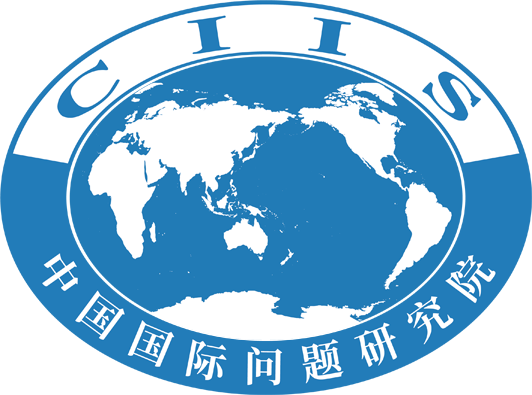On August 18, the Indian Navy carried out joint drills with the Vietnamese Navy in the South China Sea. Earlier this month, it has announced that four warships will be deployed in Southeast Asia, the South China Sea, and Western Pacific for two months. The deployment will include bilateral exercises with the navies of Vietnam, Philippines, Singapore, and Australia as well as the multilateral exercise Malabar 2021 with India’s Quad partners – the US, Japan, and Australia.
According to the Indian Ministry of Defense, this task force of four warships is being done “in pursuit of India’s ‘Act East’ policy.” It will also “underscore… solidarity with friendly countries towards ensuring good order in the maritime domain.” But obviously, what New Delhi truly wants is to stir up the situation in the South China Sea and to pursue its ambition of becoming an “IndoPacific superpower” with its feet on two oceans.
All countries around the South China Sea hope for the region’s peace and stability. But some non-regional forces with evil intentions are attempting to use the South China Sea disputes as a geopolitical tool to impede China’s peaceful development and drive a wedge between China and its neighbors. On August 3, Chinese State Councilor and Foreign
Minister Wang Yi said that China and the ASEAN members had basically agreed on the foreword of the Code of Conduct in the South China Sea (CoC). Yet some non-regional forces seem to be unwilling to see that the CoC consultation goes on smoothly.
India is among these non-regional countries. Still, New Delhi has chosen to stir up the region by sending in warships. This is the latest proof that India is going further down its anti-China path. India’s moves in the South China Sea also show that the country is strategically attempting to make troubles for China.
For many years, India has been claiming itself to be the “net security provider” of the Indian Ocean region. It has been seeking to benefit from the international competition through its military control of several strategic maritime chokepoints in the Indo-Pacific region. As the term “Indo-Pacific” has become a buzzword in geopolitics in recent years, New Delhi senses an opportunity has come for it to bring its practice to the Western Pacific region, including the South China Sea.
Last month, a former rear admiral in the Indian navy, Raja Menon, wrote on The Indian Press that India “can achieve better conventional deterrence against China by giving bigger roles to the navy and air force.” This apparently includes strengthening New Delhi’s presence in the South China Sea. He even proposed to divide the Indo-Pacific region, including the South China Sea, “into areas of maritime search responsibility between the QUAD,” which will allow these countries to operate on a common reporting communication net.
As India still suffers terribly from the COVID-19 epidemic, the Indian military and political forces have hyped up the maritime issue to divert the anger of the Indian public from the government’s poor performance in the anti-epidemic fights. Moreover, the Indian Navy’s high-profile announcement about its future moves in the South China Sea happened not long after the 12th round of Corps Commander-level talks took place to resolve the standoff between China and India, which had made some progress on July 31. On the surface, the announcement has helped the Indian Army “save face.” But in fact, it is conducive to neither the de-escalation of the two countries’ border conflicts. Nor does it rebuild the strategic mutual trust.
The South China Sea is not a place for India to flex its muscles. New Delhi needs to think thoroughly before taking any actions. It should not stretch out its arms so far that it ends up wasting itself for nothing. In addition, India will suffer more if it continues to lower itself to be a minor follower and cannon fodder of a major power.
The joint efforts of China and ASEAN have ensured the freedom of navigation and overflight in the region. Under the banner of “freedom of navigation,” some countries outside of the region are trying to bring conflicts, confrontation, and power politics to the South China Sea by using gunboat diplomacy. This should cause common alarm and resistance of regional countries.
(The authors are scholars of the Department for Asia-Pacific Studies at China Institute of International Studies. Source: Global Times, August 23, 2021)



